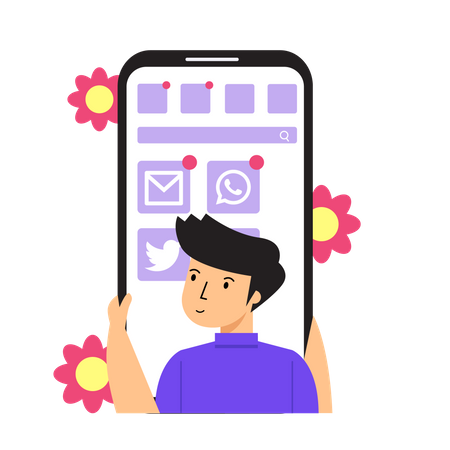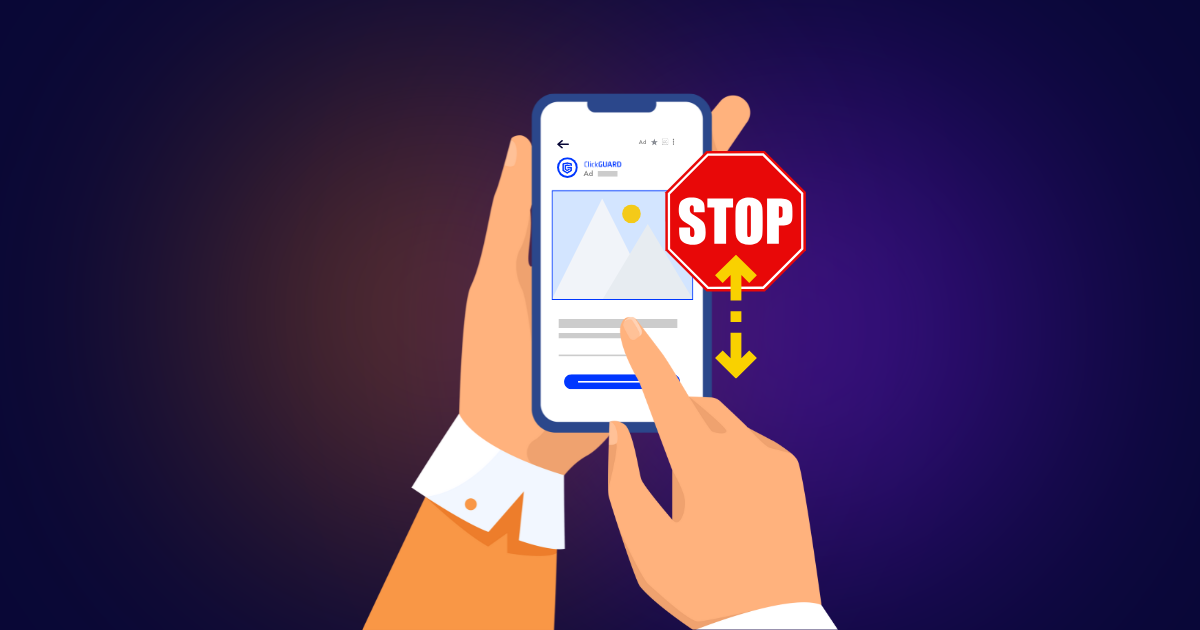Introduction
In today’s digital landscape, attention is the most valuable currency. With users scrolling through hundreds of posts daily, the challenge for marketers and creators is clear: how do you make someone stop mid-scroll? Let’s see Psychology of Scroll-Stopping Content.
Scroll-stopping content isn’t just visually appealing—it taps into deep psychological triggers that compel users to pause, engage, and act. This blog explores the science behind attention, the psychology of digital behavior, and proven strategies to create content that captivates.
1. The Attention Economy: Why It Matters
We live in an attention economy, where brands compete not just for clicks, but for milliseconds of focus. The average user spends:
- 2.5 seconds on a piece of content before deciding to scroll or engage
- Less than 8 seconds on average per post on mobile
📉 The Challenge:
- Shorter attention spans
- Content overload
- Algorithmic filtering
🎯 The Goal:
Create content that interrupts the scroll and triggers curiosity, emotion, or relevance.
2. The Psychology of Attention
🧠 How Attention Works:
- Selective Attention: We focus on what’s relevant to us
- Emotional Triggers: Content that evokes emotion is more memorable
- Novelty Bias: The brain is wired to notice new or unexpected stimuli
- Visual Salience: Bright colors, contrast, and movement attract the eye
🧠 Key Psychological Principles:
- Curiosity Gap: Tease information to make users want to know more
- Cognitive Ease: Simple, digestible content is easier to process
- Social Proof: Content with likes, comments, or shares feels more credible
- Mirror Neurons: We respond to human faces and emotions

3. Visual Triggers That Stop the Scroll
🎨 Design Elements:
- High-contrast colors
- Bold typography
- Faces and eye contact
- Motion (GIFs, videos, animations)
- Unusual compositions or perspectives
📸 Image Psychology:
- Close-ups create intimacy
- Negative space draws focus
- Color psychology (e.g., red for urgency, blue for trust)
📹 Video Hooks:
- Start with action or emotion
- Use captions for silent viewing
- Keep the first 3 seconds impactful
4. Emotional Triggers That Drive Engagement
❤️ Emotions That Work:
- Joy: Uplifting stories, humor
- Surprise: Unexpected facts or visuals
- Fear: Urgency, FOMO
- Sadness: Empathy-driven narratives
- Anger: Controversial or injustice-related content
🧠 Why It Works:
Emotionally charged content activates the amygdala, making it more memorable and shareable.
5. Messaging That Resonates
✍️ Copywriting Tips:
- Use power words (e.g., “secret,” “proven,” “free”)
- Ask questions to spark curiosity
- Use numbers and lists for clarity
- Keep it short and punchy
🧠 Psychological Hooks:
- Loss aversion: “Don’t miss out…”
- Authority: “Experts recommend…”
- Reciprocity: “Here’s a free guide…”
- Scarcity: “Only 3 left…”
6. Personalization and Relevance
🎯 Why It Matters:
Users engage more with content that feels tailored to them.
🔍 Strategies:
- Use dynamic content based on user behavior
- Segment audiences by interest or location
- Reference current events or trends
- Use inclusive language and visuals

7. Platform-Specific Scroll-Stopping Tactics
- Use carousels with curiosity-driven covers
- Leverage trending audio in Reels
- Add bold text overlays on images
🎵 TikTok
- Hook viewers in the first 3 seconds
- Use storytelling and humor
- Engage with comments and duets
- Share personal stories with professional insights
- Use native documents and carousels
- Ask questions to spark discussion
- Use live video and polls
- Share community-driven content
- Post in groups for higher visibility
8. The Role of Algorithms
Algorithms reward content that:
- Gets early engagement
- Keeps users on the platform
- Encourages shares and saves
- Sparks meaningful interactions
Tip: Post when your audience is active and respond quickly to comments.

9. Testing and Optimization
📊 What to Test:
- Visual styles
- Headlines and captions
- Post timing and frequency
- Format (image vs video vs carousel)
🔁 Tools to Use:
- A/B testing platforms
- Heatmaps and scroll tracking
- Engagement analytics (likes, shares, saves)
10. Case Studies: Scroll-Stopping Success
🛍️ E-Commerce Brand
Used bold product images with curiosity-driven captions → 3x engagement increase
🎓 Education Platform
Posted carousel tips with emotional storytelling → 40% more saves and shares
🧠 Thought Leader
Shared personal failure story with a powerful headline → Viral post with 100K+ views
Conclusion
Scroll-stopping content isn’t just about flashy visuals—it’s about understanding human psychology and crafting experiences that resonate. By tapping into emotion, relevance, and design, you can create content that not only pauses the scroll—but drives meaningful engagement.
In 2025, attention is earned, not given. Make every pixel count.





